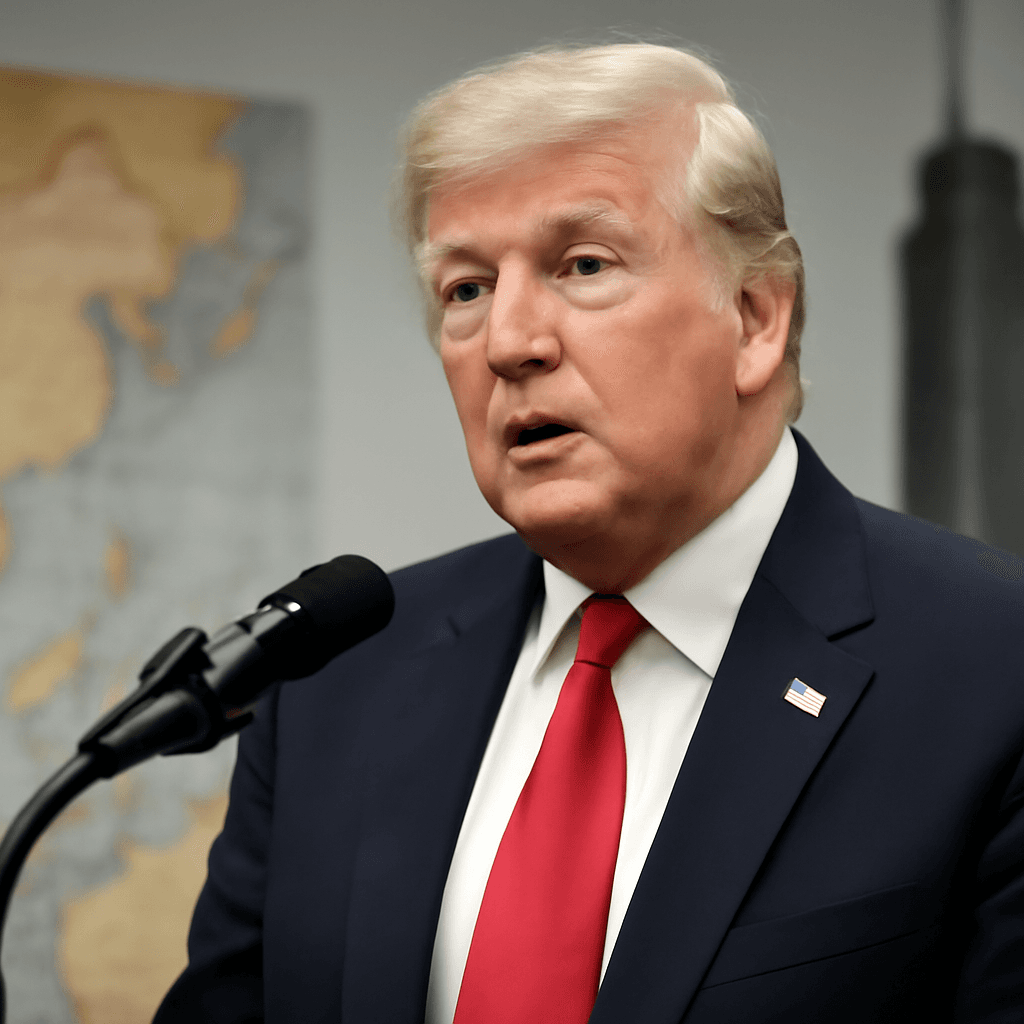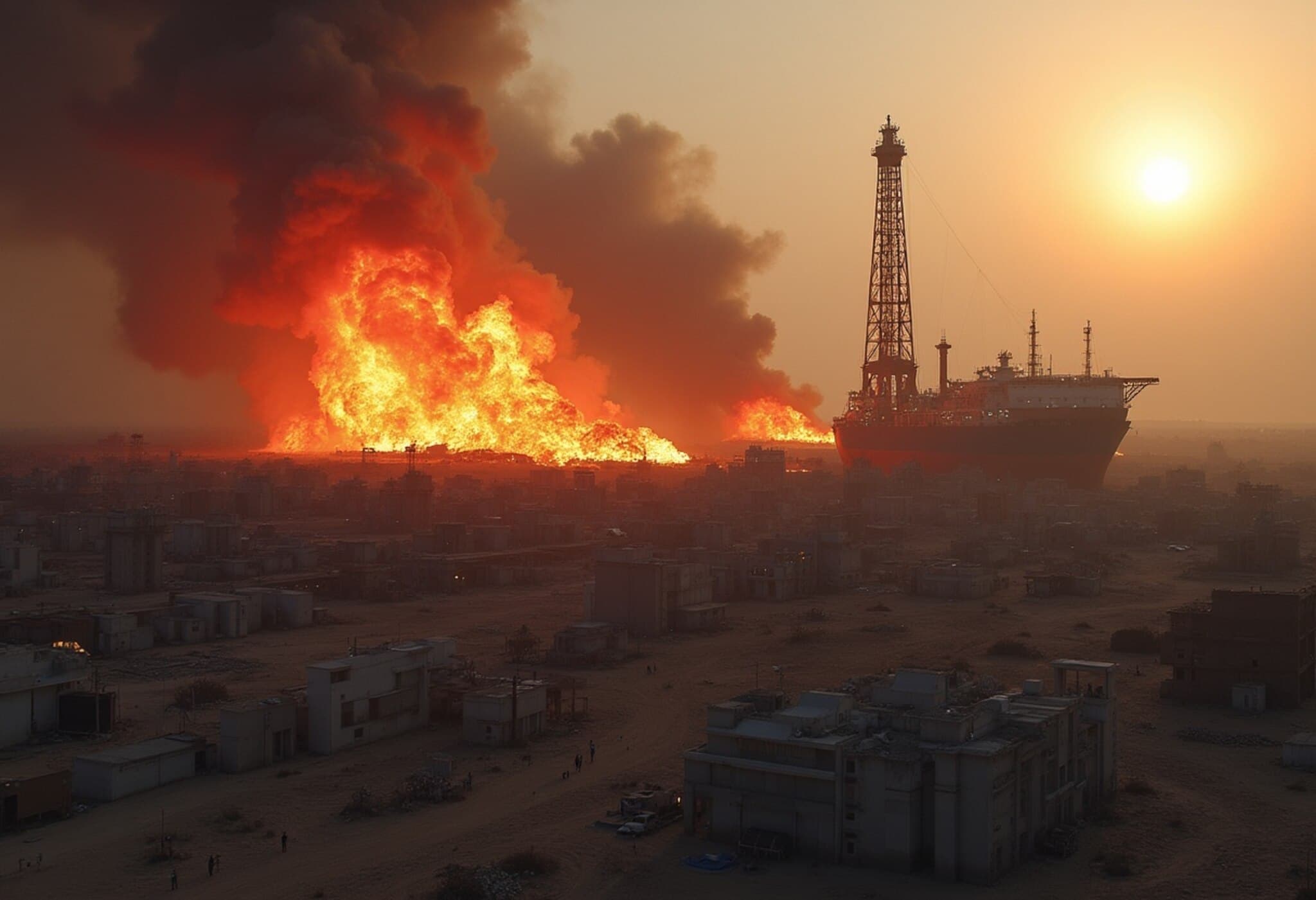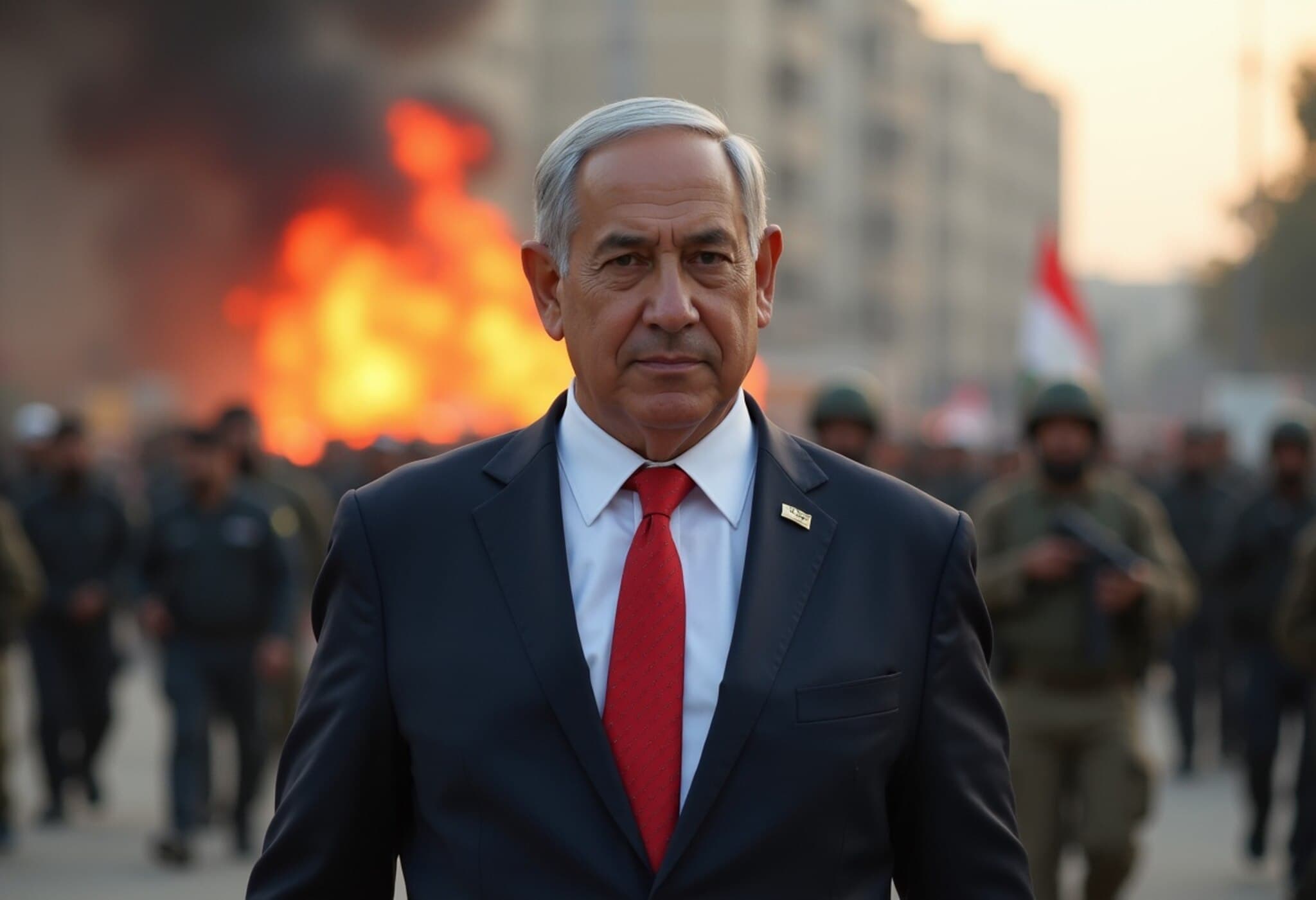Saudi Aramco Faces Q2 Revenue Decline Amid Persistently Low Oil Prices
Saudi Aramco, the world's largest oil producer, announced a year-on-year revenue decline for the second quarter of 2025, reflecting the challenges posed by softer crude oil pricing. The firm posted revenues of 378.83 billion Saudi riyals ($100.9 billion), down from 425.71 billion riyals in the same quarter last year. Despite the top-line drop, Aramco delivered an adjusted net income of 92.04 billion riyals ($24.5 billion), slightly surpassing analyst expectations of $23.7 billion.
Crude Prices and Geopolitical Tensions
The subdued revenue was largely driven by depressed crude pricing throughout 2025, with only a brief spike in the second quarter linked to heightened Israel-Iran tensions. Market uncertainty compounded by Washington's extensive tariff actions has further pressured crude futures, adding a layer of complexity to demand forecasts and commodity denominated in U.S. dollars.
Outlook: Aramco Anticipates Stronger Demand in the Second Half of 2025
In a forward-looking statement, CEO Amin Nasser emphasized robust market fundamentals, projecting a more than 2 million barrels per day increase in global oil demand in the second half of the year compared to H1 2025. This optimism is underpinned by ongoing economic recovery in key regions and easing inventory overhangs.
"Market fundamentals remain strong, and we anticipate oil demand in the second half of 2025 to be significantly higher," Nasser said during a press briefing.
Capital Expenditure and Efficiency Drive
Despite revenue headwinds, Aramco slightly boosted its capital expenditure to 46.2 billion riyals ($12.33 billion) in Q2, reflecting strategic investments aimed at expanding production and enhancing operational efficiency. The company maintains its full-year 2025 CapEx guidance between $52 billion and $58 billion, acknowledging that flexibility and spending discipline remain cornerstones of its financial strategy.
Aramco's Chief Financial Officer, Ziad Al-Murshed, highlighted ongoing transformation initiatives targeting cost reduction across upstream and downstream assets, underscoring a commitment to sustainable profitability amid volatile markets.
Balancing OPEC+ Production Cuts and Output Growth
The company’s output dynamics remain intertwined with OPEC+ policies. Notably, Saudi Arabia, alongside seven OPEC and non-OPEC partners, implemented voluntary production cuts of 2.2 million barrels per day, set to last through September.
While refraining from direct commentary on OPEC policy, Nasser noted a 1 million barrels per day production increase at Aramco up to September attributable to these coordinated supply adjustments, reflecting Aramco’s nuanced role in balancing market equilibrium.
Gas Production: A Strategic Pivot for Long-Term Growth
Echoing global industry trends toward cleaner energy, Aramco is heavily investing in expanding its natural gas portfolio, targeting a 60% gas production increase by 2030 compared to 2021. Central to this ambition is the development of the Jafurah gas field, poised to become a cornerstone in Saudi Arabia’s energy diversification.
Nasser underscored that rising domestic gas demand, expected to surge notably in 2026 according to the International Energy Agency, provides a secure market for these upstream expansion efforts.
Financial Position and Dividend Outlook
To support growth, Aramco has tapped debt markets with $14 billion raised since mid-2024, leading to a modest increase in gearing ratio from 5.3% to 6.5% year-to-date. While some analysts view the capital expenditure forecast as optimistic, Aramco’s strong cash flow remains a key pillar in sustaining shareholder returns.
Significantly, Aramco announced a dividend guidance for 2025 of $85.4 billion, a sizeable reduction from $124.2 billion in 2024, paralleling the profit dip earlier in the year. Nevertheless, its dividend yield of 5.5% continues to outperform major U.S. oil peers, reflecting the firm’s attractive income proposition.
Broader Economic Implications
Aramco's financial flows are deeply intertwined with Saudi Arabia’s national economy, as the company’s payments underpin the kingdom’s budget and fuel Crown Prince Mohammed bin Salman's Vision 2030 economic diversification strategy. While oil revenues remain dominant, the growing non-oil sector's contribution to GDP signals positive structural shifts.
Expert Commentary: Navigating a Complex Energy Landscape
Energy economists note that Aramco’s resilience in a challenging market is a testament to its operational scale and strategic adaptability. However, the company’s reliance on demand rebounds and geopolitical factors underscores ongoing vulnerabilities in the oil sector.
Additionally, the evolving U.S.-China trade tensions and global economic uncertainties inject volatility that both producers and consumers must navigate cautiously.
Looking ahead, Aramco’s dual focus on efficient capital deployment and strategic gas expansion offers a pathway toward sustainable growth, but balancing pricing pressures and market demand remains the crux of its near-term fortunes.
Key Takeaways:
- Second-quarter revenues declined due to lower crude prices despite volume gains.
- Aramco expects a significant demand uptick in H2 2025, signaling optimism.
- Capital spending remains robust to support growth initiatives, especially in gas.
- Dividend reductions reflect market realities but maintain competitive yield.
- Strategic alignment with Saudi Arabia's Vision 2030 highlights economic interdependence.
Editor's Note
Aramco’s latest results reveal the fine balance between external market shocks and internal strategic agility faced by oil giants today. As global energy demand evolves amidst climate and geopolitical challenges, tracking how Aramco maneuvers through production policies, investment choices, and diversification efforts will offer critical insights into the future of fossil fuels and energy security. Will the company successfully leverage gas as a growth engine while managing oil market unpredictability? The coming months will be crucial in answering that question.



















